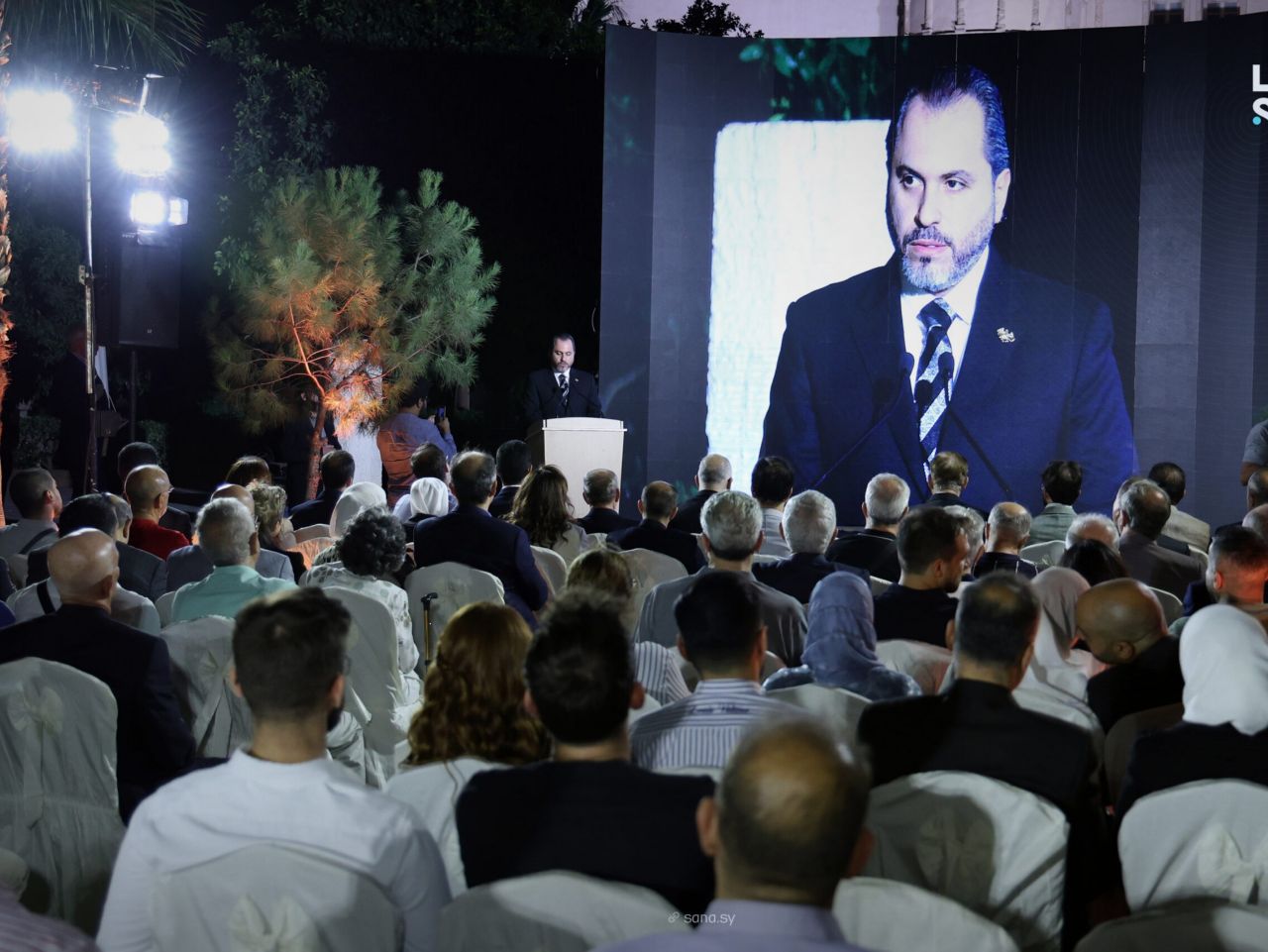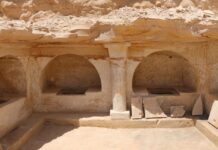 The Ministry of Tourism, in collaboration with the Syrian Canadian Business Company, has launched the “Snair2” project and its new encyclopedia titled “Archaeological Tours in Rural Damascus at the End of the 20th Century” during a special ceremony held at the National Museum Park in Damascus.
The Ministry of Tourism, in collaboration with the Syrian Canadian Business Company, has launched the “Snair2” project and its new encyclopedia titled “Archaeological Tours in Rural Damascus at the End of the 20th Century” during a special ceremony held at the National Museum Park in Damascus.
Minister of Tourism Mazin al-Salhani emphasized that the relaunch of the project reflects the importance of visual and cognitive documentation of Syrian heritage. He affirmed the ministry’s commitment to support initiatives that highlight the richness of Syrian civilization and introduce future generations to its archaeological landmarks.
Salhani noted that this type of project has an economic role and provides job opportunities in various fields. The project aims to document Syria’s natural and archaeological heritage and restore its true image, contributing to enhancing national belonging among youth and reviving Syria’s visual memory away from the effects of war and destruction.
Culmination of Years of Research
The new encyclopedia “Archaeological Tours in Rural Damascus at the End of the 20th Century” is the result of extensive field research conducted by researchers Issam al-Hajjar and Dr. Ahmad Eibesh. It consists of six volumes comprising 3,552 pages, serving as a comprehensive reference for archaeological landmarks in Rural Damascus during that period.
Project Director, researcher, and photographer in the field of documenting natural and archaeological heritage, Hajjar, spoke about Snair as a horizontal documentation project for natural and archaeological landmarks in Syria. The project, founded by Hajjar in 2009 and halted in 2011, as the revolution began, published its first installment “Image of Syria” in 2010 to visually document natural landmarks in Rural Damascus.
It is based on a visual survey of these sites to preserve both material and immaterial heritage. He explained that its name is derived from the ancient Aramaic name for the Eastern Lebanon Mountains, Qalamoun, and Hermon.
According to Hajjar, the project includes new documentation activities that began in rural Damascus, including documenting mountain walking trails and preparing a guide for youth, alongside digital tourism and archaeological products.
For his part, the President of the Syrian Canadian Business Company, Muhammad Daaboul, stated: “We decided to contribute by supporting the project and helping to overcome the difficulties faced by the project, which was halted in 2011 due to restrictions imposed on photography and movement in certain areas.”
Daaboul confirmed that the results today, following Syria’s liberation, herald promising steps, and that supporting the project is part of the company’s programs to enhance Syria’s cultural and visual memory, contributing to re-establishing emotional ties to places.








